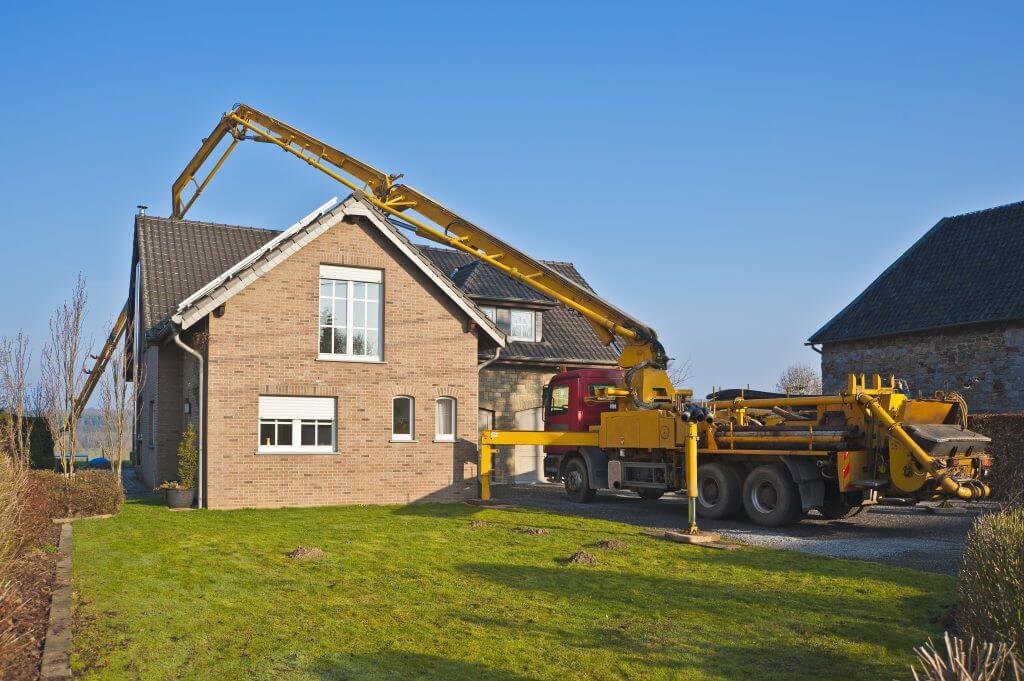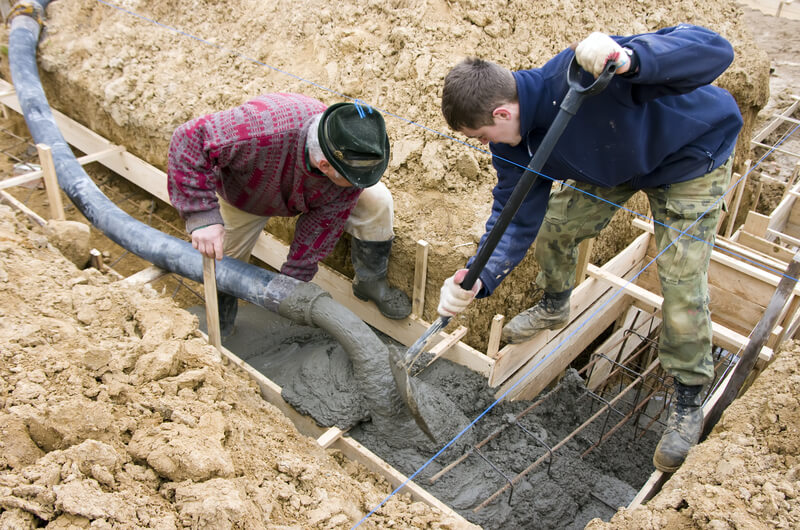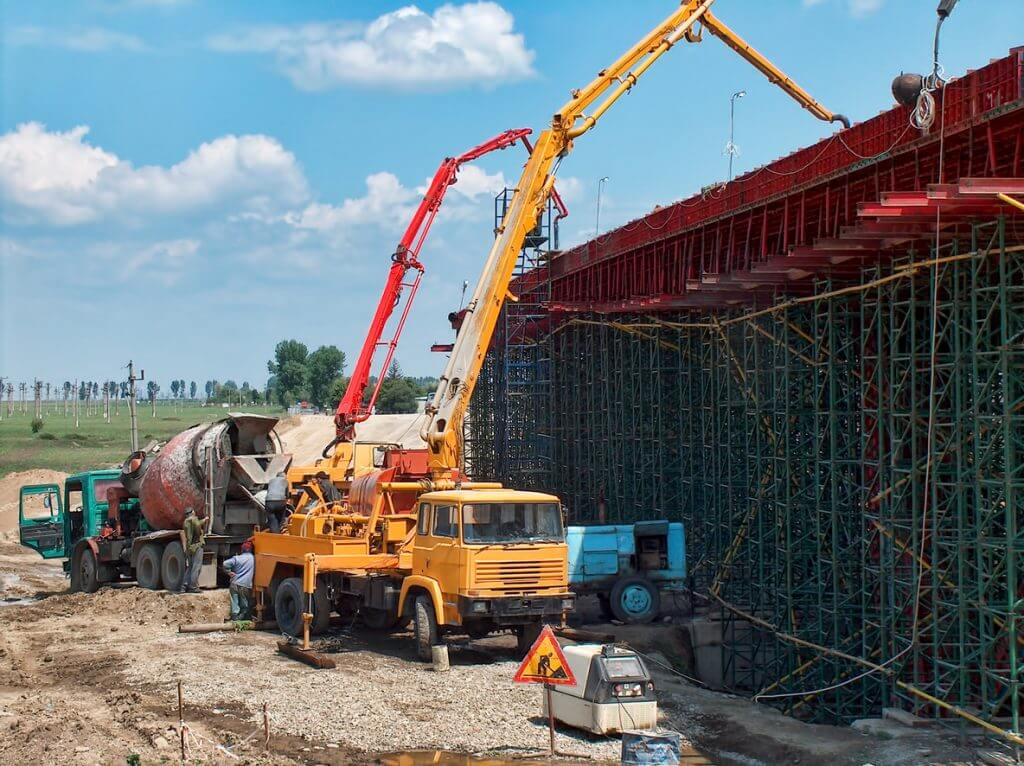What is Concrete Pumping & How Does it Work?
Posted on 23rd December 2019 by Ever Readymix Concrete
Concrete Pumping is a safe and efficient way of moving concrete to hard-to-reach areas.
If you’re not much of a concrete connoisseur, you probably won’t be familiar with the ins and outs of concrete pumping. Or maybe you just want to brush up on your knowledge of the process and find out more about the different types of pumps available. In this article, we’ll be explaining the concrete pumping process and why it is a hugely important step in construction projects.
What are concrete pumps?

A concrete pump is a means of transporting liquid concrete to its required location. They have become much more popular in recent years, gradually surpassing other methods of concrete application, due to their speed and ease-of-use.
What types of concrete pumps are there?
- Ground pumps – As the name suggests, ground pumps run along the ground to the desired location. These are handy on domestic premises that a concrete truck can’t easily reach, such as back gardens, as they can be placed on the driveway/path leading to the back of the property, or through buildings if necessary.
- Mobile pumps – These are made up of a concrete pump and a placing boom that is positioned on the concrete truck’s chassis. These pumps are speedy and can quickly transport concrete anywhere within the boom’s range.
- Line pumps (also known as stationary pumps) – Line Pumps are mounted on trailers and have a separate pipeline attached to them which delivers the concrete where it needs to be. The pipeline is also attached to a boom, which helps the concrete to be poured accurately.
How do concrete pumps work?

The concrete pump design that was adopted by manufacturers worldwide was invented in the 20th century. The pumping process begins with the concrete being discharged from a ready-mix truck into two pumping cylinders. The two side-by-side cylinders each contain a piston, one of which draws concrete into its cylinder, and the other pushes concrete out. The pump features a valve that controls which cylinder carries out which function.
This invention was particularly significant in changing the way high-rise buildings are constructed, which was previously done with a bucket and crane system.
What are the advantages of concrete pumping?

Concrete pumps offer many benefits. They can reduce the number of hours spent waiting for buckets of concrete to arrive via crane, as pumps can provide a constant supply of concrete and more of it per hour than the traditional method. They also offer excellent accuracy, placing the concrete exactly where it’s needed, which also results in lower labour costs.
With three depots throughout Yorkshire, Ever Readymix Concrete is the largest independent concrete supplier in the region. Alongside our supply and delivery of top-quality concrete, we also offer a comprehensive pump service for the most effective concrete laying. To make an order, or to find out more, get in touch with our friendly team today and find out how we can help.


